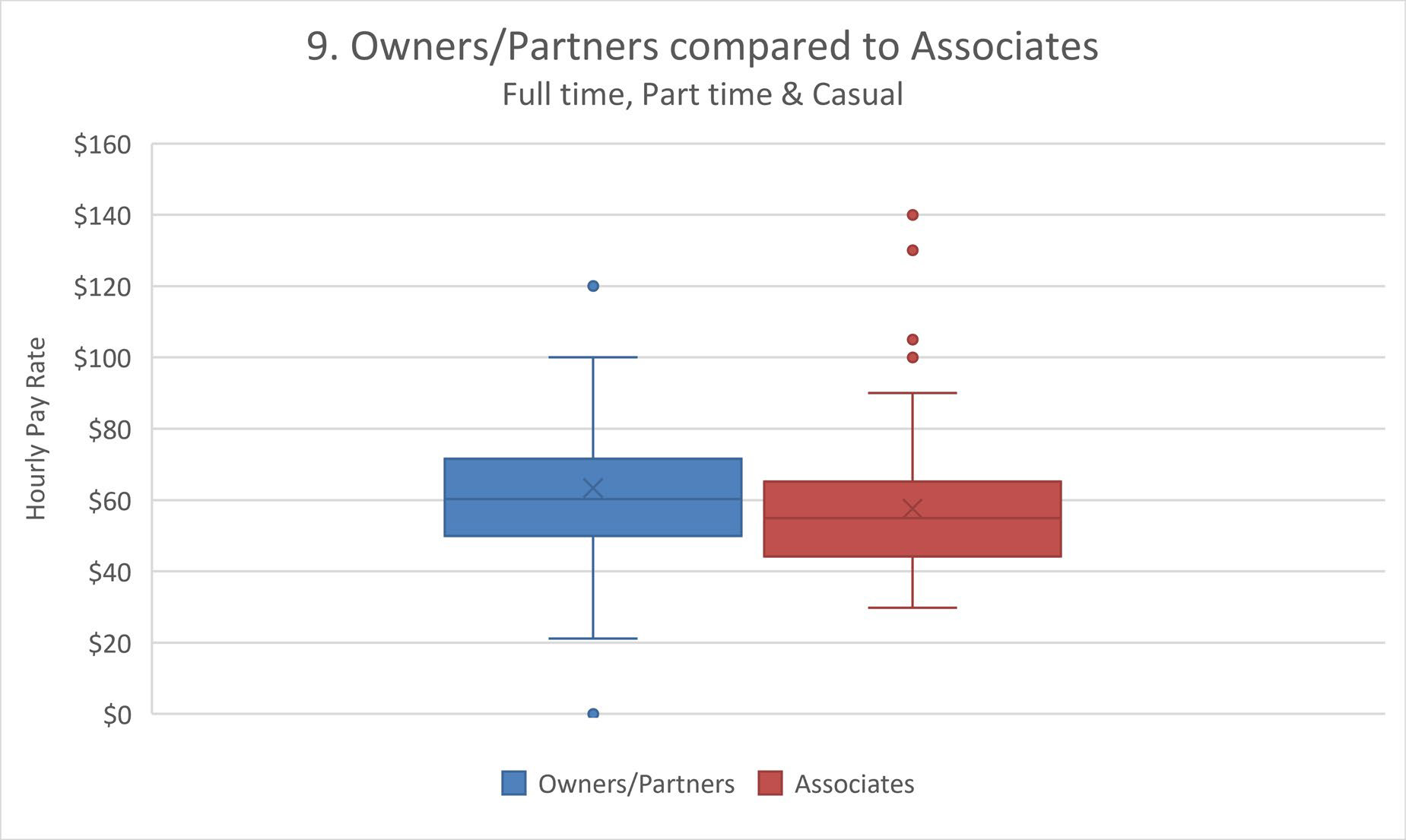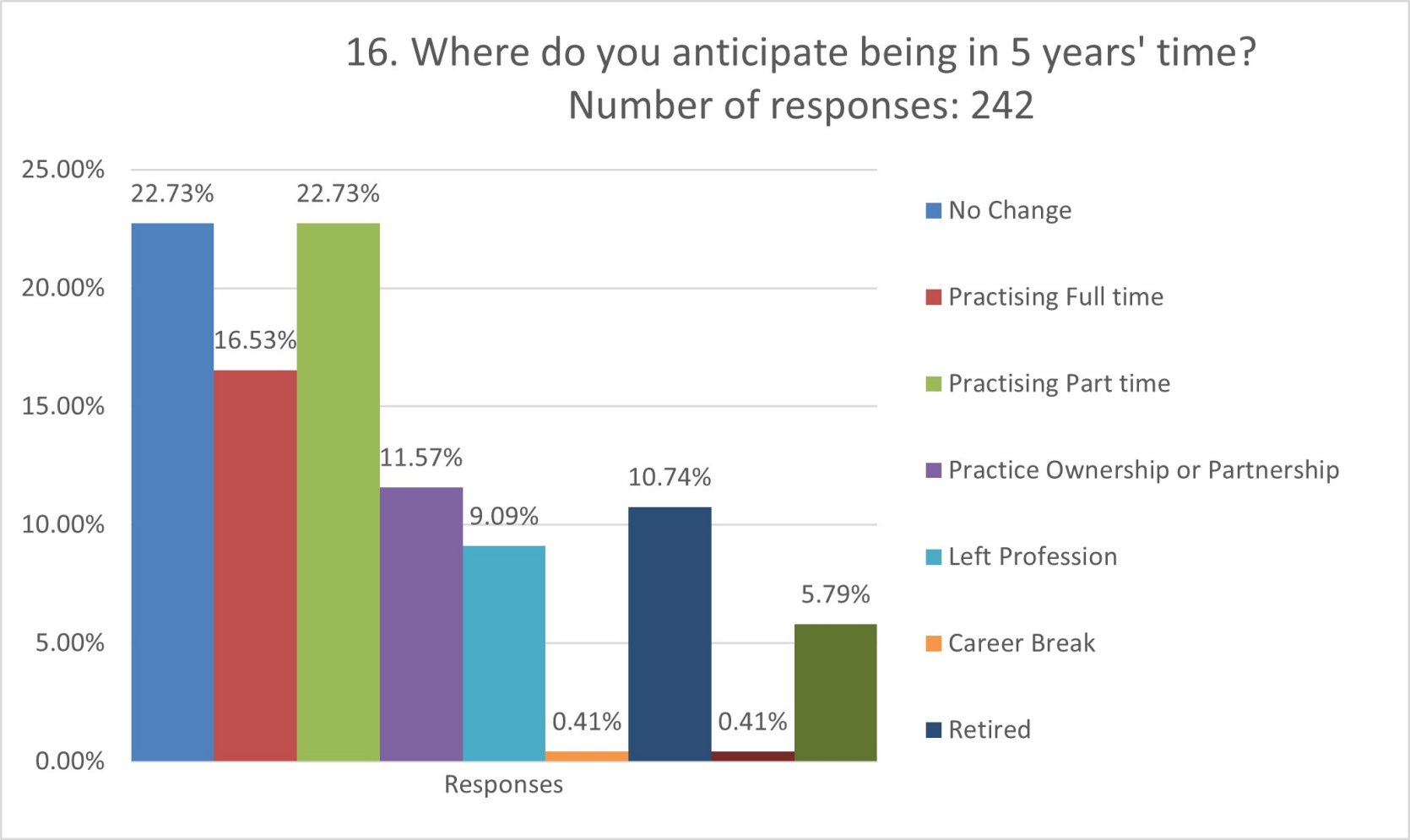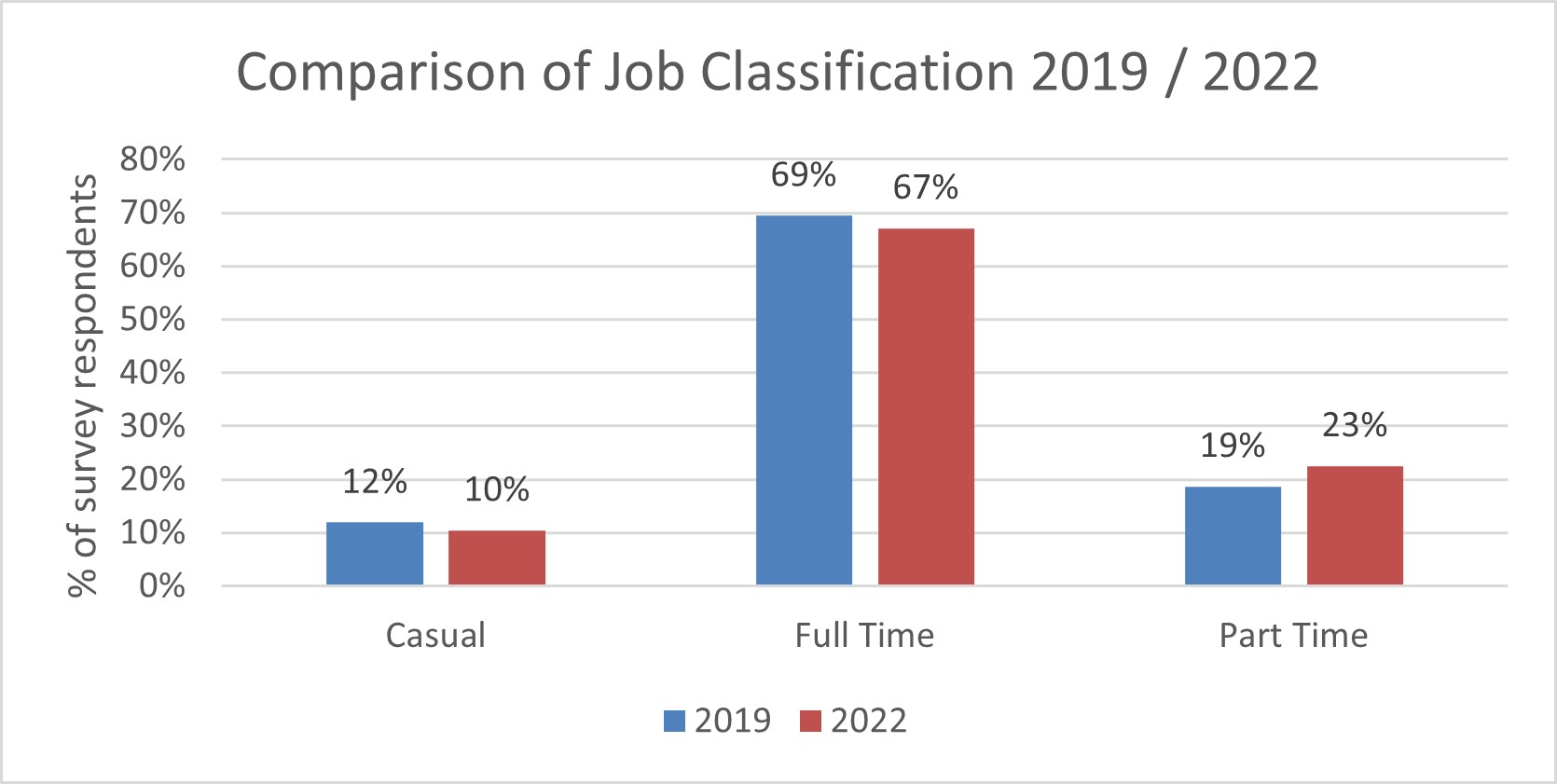To work as a locum, vets should have a minimum of 2 years’ experience, and preferably over 3 years for sole charge practices. Not only is locuming a great way to finance travel, it is also a good way to gain additional experience working with different people, in a wide variety of different conditions, and improve your veterinary skills.
 In major cities, although there are more clinics in a smaller geographical area, there is usually more competition for locum work, therefore to be assured of a constant supply of work, locums should be willing to travel – and you can miss out on amazing experiences if you don’t consider travelling to work in more rural and regional areas. Country jobs will usually supply accommodation and maybe a vehicle for work and private use, however, city practices very rarely supply either accommodation or a vehicle.
In major cities, although there are more clinics in a smaller geographical area, there is usually more competition for locum work, therefore to be assured of a constant supply of work, locums should be willing to travel – and you can miss out on amazing experiences if you don’t consider travelling to work in more rural and regional areas. Country jobs will usually supply accommodation and maybe a vehicle for work and private use, however, city practices very rarely supply either accommodation or a vehicle.
Locum vacancies can range from a single shift to 5 or 6 months’ work, and include full time and part time hours. Locums help cover for temporary staffing shortages, illness, periods of leave and holidays, and parental leave. Jobs can be advertised up to 4 months in advance, however, they can also be listed at very short notice (next day). On average, locum jobs listed with Kookaburra Vet Employment are to start within 1-2 months.
Work
Most clinics require a locum with a minimum of 2-3 years’ experience who doesn’t require direction for most clinical judgments, but who will ask for help if it’s required or if they get out of their depth. Surgical experience is necessary – you must be able to do at least routine surgery including desexings in a timely manner (ie. not take too long).
It can be important to stick to clinic protocols, within a perceived duty of care. Clinics may see a high proportion of particular types of cases – eg ticks; snake bite; poisonings – ask the regular vet before they go away if there is a clinic protocol or for any tips on these type of cases.
Record keeping is extremely important – the locum may move on, but the clinic owner or regular vet then has to continue with ongoing care. Make sure that your handwriting is legible, and you use any computerised system to keep comprehensive clinical notes. Locums should try to fit in with existing staff and not rock the boat!
Make sure that you stick to practice pricing – please don’t undercharge just because you perceive the practice prices to be excessive.
Try not to put things off until the regular vet gets back.
Conduct
Practices expect a locum to be honest, punctual, friendly, polite, and able to take direction if required without taking offence. Derogatory, sexist, and discriminatory behaviour and comments are absolutely not acceptable.
If a work vehicle, or a vehicle for private use is supplied, it should be kept clean on the inside (if not the outside!), and driven with due care and attention. Establish the protocol for paying for petrol before commencing work.
If accommodation is supplied, it should be left clean and tidy. Talk to the employer about any use of private items or groceries if you are staying in their own house BEFORE you use anything, and establish whether you are expected to replace any items used.
CVs and References:
You should be prepared to send your CV to clinics when you apply for a vacancy. It should contain up to date information and be accurate, particularly with up to date contact information for you including a mobile number preferably with a message bank. Include contact details for recent referees, and email addresses, particularly if your referees are overseas.
Contract
 Although practices and locums may not decide to formally enter into a contract, it is a good idea to set down terms of employment and working conditions in writing prior to the start of the locum period. Things to consider include:
Although practices and locums may not decide to formally enter into a contract, it is a good idea to set down terms of employment and working conditions in writing prior to the start of the locum period. Things to consider include:
- Pay rate;
- after hours remuneration;
- days off;
- overtime;
- normal hours of work;
- type of payment arrangement and when the vet is to be paid;
- type of employment (casual employee, contractor);
- Superannuation; GST;
- Travel Costs;
- Professional registration costs;
- Responsibility for keys – for the clinic and for scheduled drugs
- Accommodation and responsibilities of the locum with respect to the accommodation and use of facilities if applicable (eg phone, internet, food in the pantry);
- provision of vehicle for work – and private use – and fuel costs;
- any provision for short term cancellation of the locum period by either party.
This list is by no means exhaustive. Contact the AVA HR Hotline for more information – 1300 788977 or email avahrhotline@whr.com.au (you need to be an AVA member (Australian Veterinary Association).
Author:
Wendy Nathan
Kookaburra Veterinary Employment
This information includes the views and opinions of Kookaburra Veterinary Employment and is of a general nature only. Factual information is believed to be correct at the time of writing, however, should not be relied upon and any person should confirm details with the relevant authorities and through their own research prior to acting on any of the suggestions in this article.









 Generator
Generator
 Thank you to all the vets who participated in this year’s Salary Survey. There was a total of 285 respondents, which was disappointing compared to 595 respondents in 2019. We’ve been unable to use some of the information, in particular, location related, as there was insufficient data for a representative sample.
Thank you to all the vets who participated in this year’s Salary Survey. There was a total of 285 respondents, which was disappointing compared to 595 respondents in 2019. We’ve been unable to use some of the information, in particular, location related, as there was insufficient data for a representative sample.

























